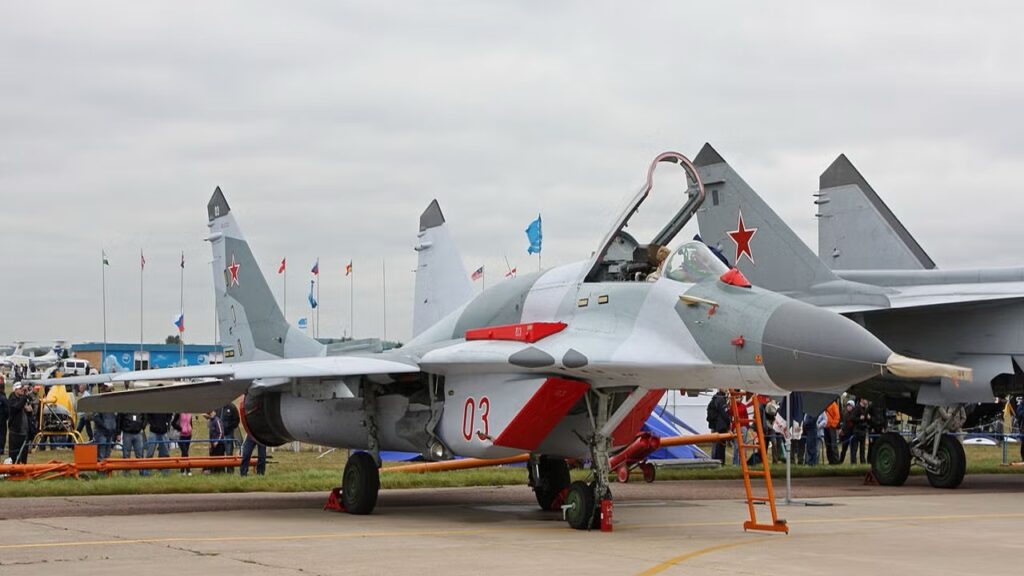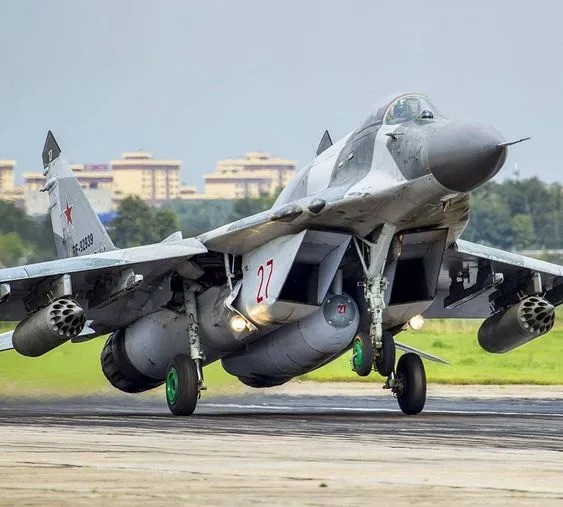
The MiG-29 is a highly maneuverable, twin-engine fighter jet developed by the Soviet Union, known for its excellent dogfighting capabilities and Mach 2.3 top speed. It’s a versatile aircraft, capable of both air-to-air and ground-attack missions, and was designed to counter Western fourth-generation fighters like the F-16 and F/A-18.
Key Features:
- Maneuverability:The MiG-29 is renowned for its agility and ability to perform tight turns, making it a formidable opponent in close-range dogfights.
- Twin Engines:It’s powered by two Klimov RD-33 turbofan engines, providing substantial thrust and enabling rapid acceleration.
- Radar and Avionics:The MiG-29 is equipped with advanced radar and avionics, including radar-guided missiles, infrared homing systems, and a radar warning receiver.
- Weapons:It can carry a variety of air-to-air and air-to-surface munitions.
- Limitations:The MiG-29 has a relatively limited internal fuel capacity and lacks air-to-air refueling capabilities.
Historical Context:
- Developed in Response to Western Aircraft:The MiG-29 was developed in the 1970s in response to the emergence of fourth-generation Western fighters.
- Initial Role:It was initially intended to complement the larger Su-27 in the air defense role.
- Used in Various Conflicts:The MiG-29 has seen action in numerous conflicts, including the Kosovo War, the Eritrean-Ethiopian War, and the ongoing conflict in Ukraine.
Operational Considerations:
- Fuel Management:The MiG-29 consumes a significant amount of fuel, especially with afterburners, so pilots need to manage fuel consumption carefully.
- Beyond Visual Range (BVR) Engagement:While the MiG-29’s radar is decent, it’s not as powerful as some other aircraft, making BVR engagements challenging against aircraft armed with advanced radar-guided missiles.
- Dogfighting Prowess:The MiG-29 shines in close-range engagements, especially when utilizing its helmet-mounted sight and R-73 missile.



